Non-surgical Rehabilitation
Next Step Physio programs of physiotherapy or occupational therapy are most effective when triggering has been present for less than four months. Our physiotherapists may build a splint to hold and rest the inflamed area. We will have you do special exercises to encourage normal gliding of the tendon. Your Next Step Physio physiotherapist will show you ways to change your activities to prevent triggering and to give the inflamed area a chance to heal. Our therapy sessions sometimes include iontophoresis, which uses a mild electrical current to push anti-inflammatory medicine to the sore area. This treatment is especially helpful for patients who can't tolerate injections.
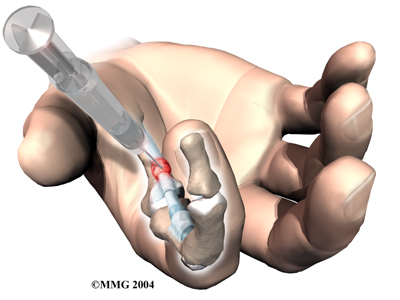 Your doctor may recommend a into the tendon sheath to decrease the inflammation and shrink the nodule. This can help relieve the triggering, but the results may be short lived.
Your doctor may recommend a into the tendon sheath to decrease the inflammation and shrink the nodule. This can help relieve the triggering, but the results may be short lived.
When triggering has been present for more than four months, nonsurgical treatment is usually short-lived. You may get some relief of symptoms with a cortisone injection. If you wear a splint, the nodule may shrink temporarily, but patients often end up needing surgery for this problem.
Post-surgical Rehabilitation
You'll probably wear a fairly large padded bandage on your hand over the area after surgery until the stitches are removed. This is to provide gentle compression and reduce the bleeding and swelling that occurs immediately after surgery. The bandage can be removed fairly soon after surgery, aand is usually only required for the first 24 to 48 hours. When you begin your physiotherapy after surgery, we'll begin with gentle range-of-motion exercises.
You will particularly benefit from physiotherapy if your finger or thumb was locked for a while prior to surgery. In these cases, the finger or thumb may not straighten out right away after the surgery. Our physiotherapist may apply a special brace to get the finger or thumb to straighten it. We may also apply heat treatments, soft-tissue massage, and hands-on stretching to help with the range of motion.
Some of the exercises we’ll have you do are to help strengthen and stabilize the muscles and joints in the hand. Our physiotherapist will use other exercises to improve fine motor control and dexterity. We will provide tips on ways to do your activities while avoiding extra strain on the healing tendon. Although the time required for recovery varies among patients, as a general rule, you may need to participate in physiotherapy two to three sessions each week for up to six weeks.
At Next Step Physio, our goal is to help speed your recovery so that you can more quickly return to your everyday activities. When your recovery is well under way, regular visits to our office will end. Although we will continue to be a resource, but you will be in charge of doing your exercises as part of an ongoing home program.
Next Step Physio provides services for physiotherapy in Edmonton.



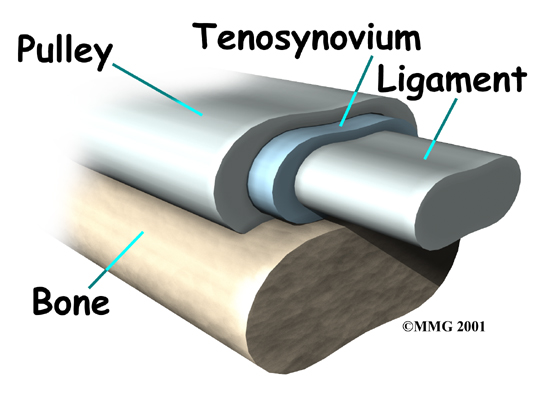
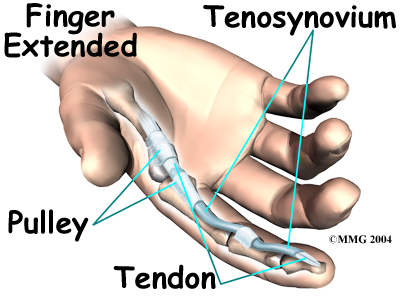

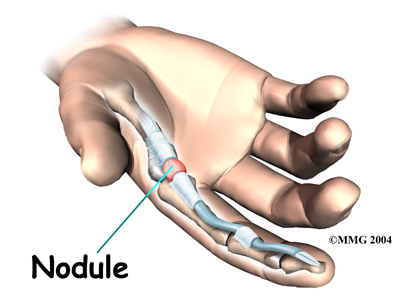 Why do I have this problem?
Why do I have this problem?
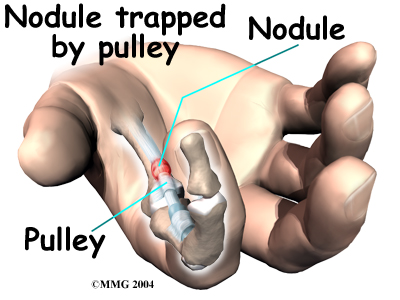
 Your doctor may recommend a
Your doctor may recommend a 